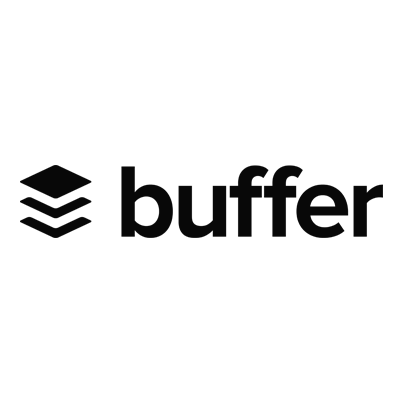How Two College Roommates Started An Online CBD Business
Hello! Who are you and what business did you start?
I’m Evan and I started Plain Jane with my college roommate, Duane Dennis.
Plain Jane is dramatically changing the CBD market. We’re the first ultra smooth and low odor Hemp CBD flower and cigarette.
Not a ton of people know what CBD is. It’s a cannabinoid in the Cannabis plant like THC except it doesn’t get you high. It also has anti-anxiety and anti-pain effects. Generally when people refer to the medicinal properties of cannabis, they’re talking about CBD. Most people aren’t aware that you can get these benefits without intoxication.
I believe we’re the best CBD company because we offer the best prices and we have unique products. Unlike the vast majority of companies, we do not have middlemen. We’ve partnered directly with farms to bring customers the best prices.
We’re also continuing to innovate and create new products. Our flagship product is a low smell and ultra smooth CBD cigarette. It has the same potency of other CBD flower products but without that identifying weed smell.
Within 5 months of starting to sell, we’re now generating more than $20K a month in sales. We have customers in 47...

Download the report and join our email newsletter packed with business ideas and money-making opportunities, backed by real-life case studies.

Download the report and join our email newsletter packed with business ideas and money-making opportunities, backed by real-life case studies.

Download the report and join our email newsletter packed with business ideas and money-making opportunities, backed by real-life case studies.

Download the report and join our email newsletter packed with business ideas and money-making opportunities, backed by real-life case studies.

Download the report and join our email newsletter packed with business ideas and money-making opportunities, backed by real-life case studies.

Download the report and join our email newsletter packed with business ideas and money-making opportunities, backed by real-life case studies.

Download the report and join our email newsletter packed with business ideas and money-making opportunities, backed by real-life case studies.

Download the report and join our email newsletter packed with business ideas and money-making opportunities, backed by real-life case studies.

















